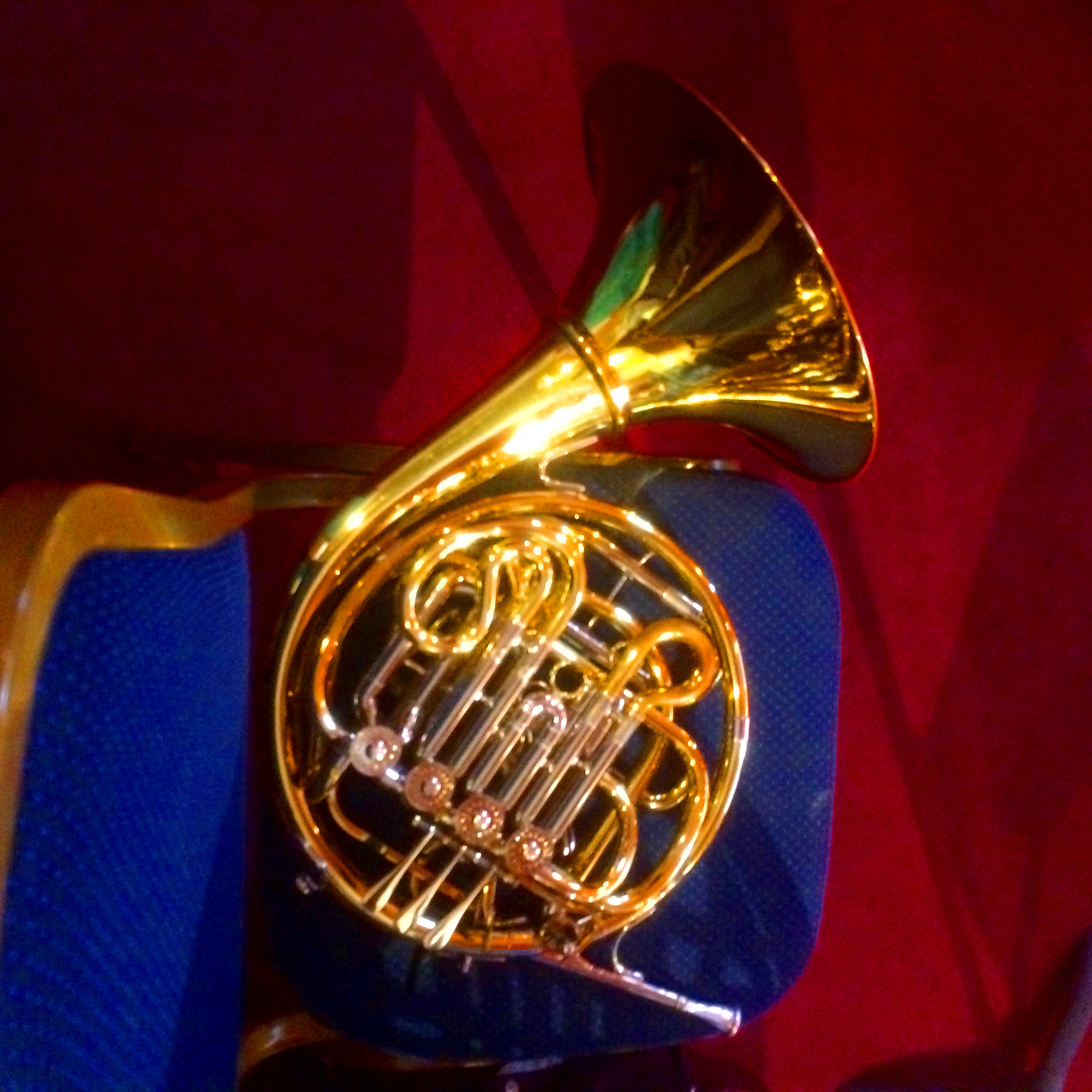If you are purchasing a French Horn mouthpiece for the first time, maybe looking to upgrade the stock mouthpiece that came with your instrument, there are a few things you should be aware of. I will talk some about brands, but most of this article will focus on different parts of the mouthpiece that affect how it feels and plays.
Metal
It's true, the type of metal changes how the mouthpiece sounds and feels on the embouchure. Harder metals like nickel, which was commonly used in French Horn mouthpieces for years, tend to have a thinner sound. Because nickel is less flexible, it allows more vibration from buzzing to travel directly through the horn rather than absorbing some of it. This creates a brighter, more piercing tone over the warmth of softer metals.
More commonly, you will find French Horn mouthpieces made of brass with a silver plating. This thin layer of silver adds durability and warmth to your tone. Less common (and more expensive) is the gold-plated mouthpiece. While gold is a softer metal, this plating does not add anything to the warmth of your sound. It does feel smoother than silver, though, and those with silver allergies usually opt for gold plating.
Rim
The rim is the part of the mouthpiece that comes into direct contact with your lips. Each brand of French Horn mouthpiece offers a variety of rim widths and depths, so it is good to have an idea of what you want before placing an order. And as with anything brass, it is always best if you can try out the mouthpiece in person.
In general, French Horn mouthpieces are constructed with either a thick or thin rim. Some rims are flatter than others, but the main concern is rim thickness. A thick rim will feel softer on your face and offers better stamina but can make low notes or fluid range more difficult. Thinner rims, then, feel more open but can cut into your stamina more so than a thick rim. However, they also offer more flexibility in sound and range than a thick rim.
If you are unsure and have not tried a French Horn mouthpiece yourself, rest assured that every brand offers a fairly neutral model. My Laskey 75F, for example, was designed to be that perfect medium. Unfortunately, you can only find used Laskey mouthpieces these days, but Schilke and other brands have equivalents available.
One last consideration for rim width would be your lip size. If you have thicker lips, a thinner rim is better suited. The French Horn mouthpiece is already small, so a thick rim can be impractical for some. Conversely, if you have thin lips, you might want to consider a thicker rim. This would provide more cushion and guard against fatigue.
Cup
The last major part of the French Horn mouthpiece to consider is the cup. In mouthpiece charts and descriptions, you will find a wide range of cup depths. On one end you have extremely shallow cups, like the Philip Farkas model mouthpieces, which are basically shaped like a cone. This kind of shallow French Horn mouthpiece, with virtually no cup at all, is ideal for the upper register. Its shallow depth creates a shorter distance for air to travel, making it easier to reach those high notes, and overall produce a bright tone. Their biggest disadvantage is that notes in the low register can be difficult to play smoothly.
On the opposite end of the spectrum is a deep cup, like the Denis Wick Heavytop French Horn mouthpiece. These can look a little ridiculous, but there are a few reasons why players might prefer a deeper cup. Unlike shallow cups, these produce a much darker, fuller sound. The large chamber allows more resonance in the mouthpiece before sound travels through the horn. This also makes low notes easier to play. As you probably guessed, their main disadvantage is the high range. While it is possible to play any note on any mouthpiece, a deep cup makes it more difficult to play in the upper register, especially for an extended period of time.
What Combination is Best?
Although this article highlighted the extremes on either side of rim widths and cup depths, most players and manufacturers go for a happy medium. Most look similar to the standard Schilke French Horn mouthpiece, with an average-sized cup and rim. Since most French Horn players are asked to play a wide range of notes in any situation, something in between like the Schilke 31C2 makes sense for a lot of players.
For beginners, the Schilke 31C2 is an excellent option. The deeper cup and average rim width could improve your tone and increase your flexibility. Orchestral players tend to find a mouthpiece that fits their typical range. For example, 2nd and 4th horns are usually scored in the lower register, so those players would likely get a mouthpiece with a thinner rim and deeper cup. With low notes, stamina is not much of a concern, and the deep cup would produce a full tone. 1st and 3rd players would then go for the opposite (shallow cup, thick rim).
Unlike many trumpet players, who switch among a few mouthpieces depending on the situation, most French Horn players find one mouthpiece and stick to it. Perhaps we have too much fine-tuning to do with our embouchures to hit those narrow partials, or maybe we just prefer the consistency of never having to worry about having the "right" mouthpiece.





